Just by regulating a radiator in your bedroom, you can make bedtime more pleasant. Or if you have insomnia, just keep saying to yourself, “Don’t sleep.” It sounds like a paradox but this is one of the proven methods that experts suggest to us.
We at Bhaskar Health also have trouble falling asleep from time to time and would like to share some helpful tips with you.
1. Tense your muscles to fall asleep if you wake up in the middle of the night.
You can lie in bed for hours trying to fall asleep, but nothing works because everything in your body is tensed up. Try this trick:
- Work from your toes to your forehead and relax all your muscles gradually.
- Tightly tense each muscle group for 5 seconds. Then relax.
2. Keep your room cold to avoid having nightmares.
If you like when the temperature of your bedroom is warm, this can be a bad habit. A cool room temperature is one of the most important factors in getting a good night’s sleep, researchers say.
The best bedroom temperature is approximately 65°F (18.3°C). But doctors recommend keeping it between 60°F to 67°F (15.5°C to 19.4°C), depending on what’s more comfortable for you. This is because the body is programmed to lower its temperature in the evening. If you set your radiator on a cooler mode, it works as a signal to your body that it’s time to sleep.
3. Put one foot on the ground if you feel dizzy.
Sometimes, we may feel dizzy while trying to fall asleep. But tossing and turning to the left and the right can make things even worse. Just put one foot on the ground while lying on your back. This will help your brain to recalculate your position and the dizziness will fade away.
4. Don’t nap any later than 3 p.m.
Most people aren’t affected by naps and sleep well at night. But if you have insomnia or other sleeping disorders, napping might make these problems even worse. Follow these rules if you like to rest during the day.
- Keep your naps short. They should last for approximately 10 to 20 minutes. The longer you nap, the more likely you’ll feel poorly after waking up.
- Don’t nap any later than 3 p.m.
- Nap in a quiet, cool, dark place.
5. Breathe with your belly to fall asleep faster.
You may feel anxious, worried, or tense while trying to fall asleep. It makes your breathing rapid, and the possibility of getting good sleep drops way down. Try the 4-7-8 breathing technique. Expand your belly instead of your chest in what’s called diaphragmatic breathing.
- Empty the lungs of air.
Breathe in quietly through the nose for 4 seconds. Your belly should rise up.
Hold the breath for 7 seconds.
- Exhale through the mouth for 8 seconds.
- Repeat the cycle up to 4 times.
6. Create a canal with your pillows if you have shoulder problems.
If you have any pain in your shoulder and sleeping on your back or stomach isn’t comfortable for you, try this tip. There’s no need to buy any special device, just get more quality pillows and create a canal for your arm with them, as it’s shown in the picture. Don’t put pillows that are too high under your side. Keep your spine aligned.
7. Practice writing before bed.
It may sound weird but studies show that writing down positive events before bedtime reduces stress and improves the quality of your sleep.
Set 15 minutes aside every night to write about your day — but try to focus not only on good things but how you feel at the time as well.
8. Try saying the words, “don’t think” over and over for 10 seconds.
Specialists say that this trick works like a magic spell. You need a full 120 seconds to complete the method. Say to yourself, “Don’t think,” over and over again. The last 10 seconds should be the sweet spot since that’s when you’ll start to fall asleep.
9. Tell yourself to stay awake as a paradoxical intention.
There’s one more method you can try, but it’s based on a paradox. Telling yourself to stay awake can be a great trick to fall asleep faster. People who practiced it fell asleep faster than those who didn’t, and this method can be even more effective than traditional breathing practices, even if you have insomnia.
10. Press relaxing points just below your palm.
Specific points in acupuncture can trigger better sleep too. You can mix it with aromatherapy.
- Find the small, hollow space just below your palm on your pinky side. This is the first point. The second point is located three finger-widths down from your wrist crease, just between your tendons.
- Gently apply pressure in a circular or up-and-down motion for 2 to 3 minutes.
- Feel your muscles relax.
- Repeat on the other wrist.
How often do you have sleeping problems? Which tricks do you use to fall asleep faster?


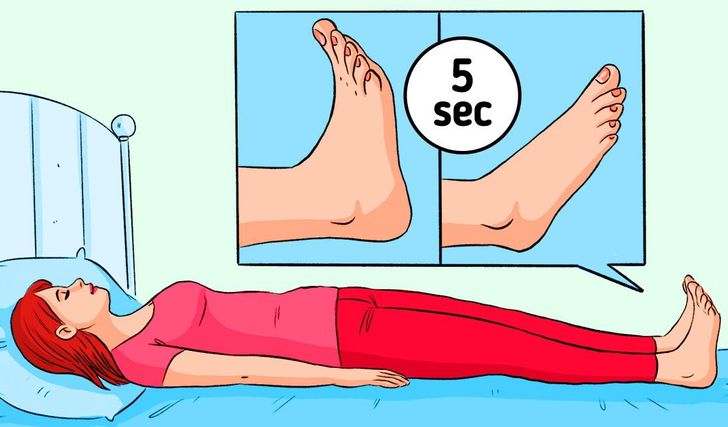
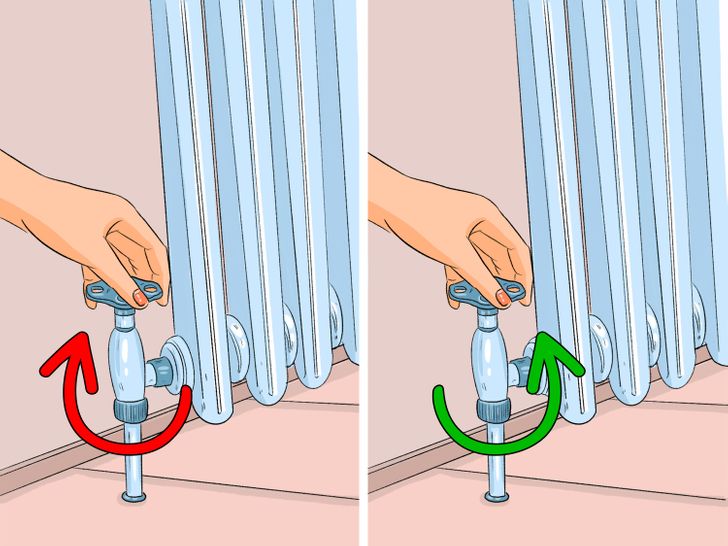
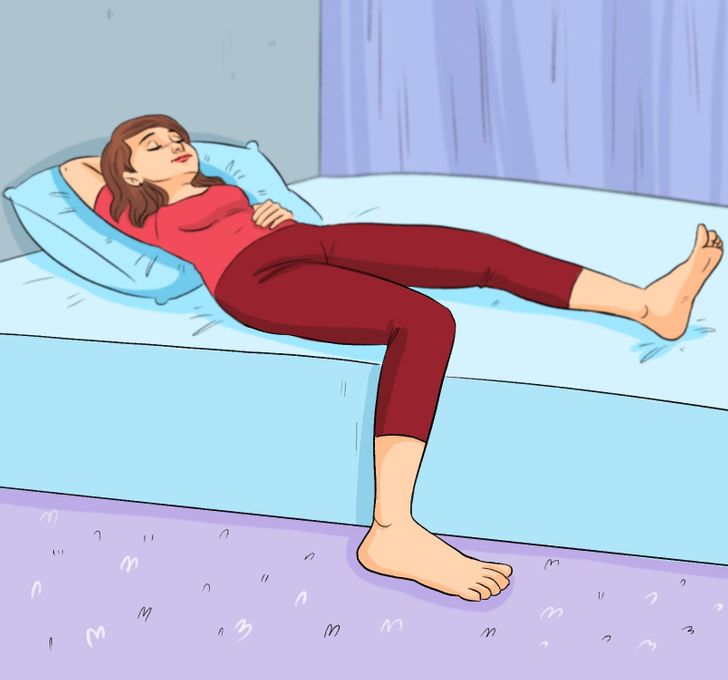
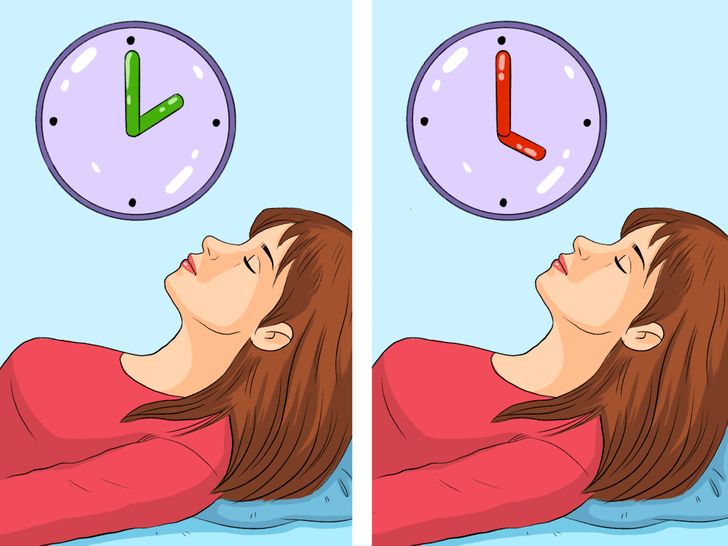
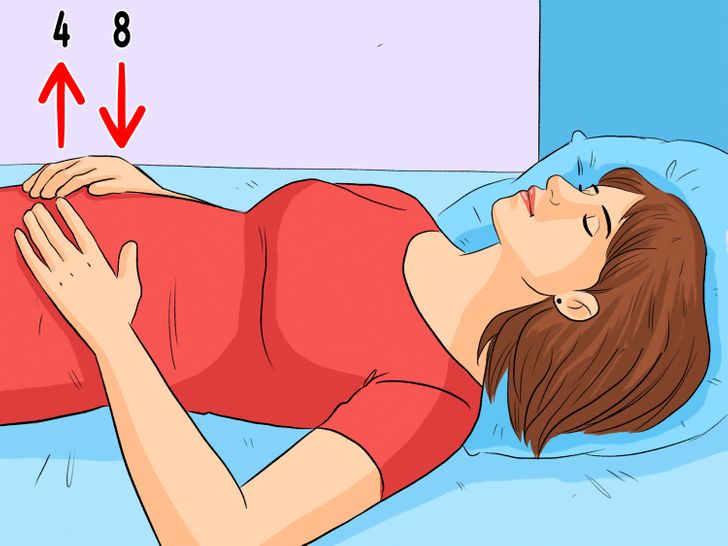
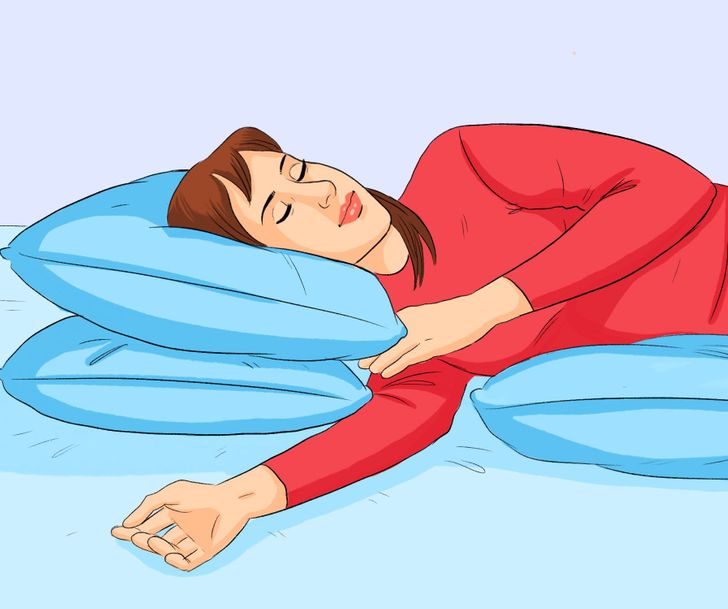
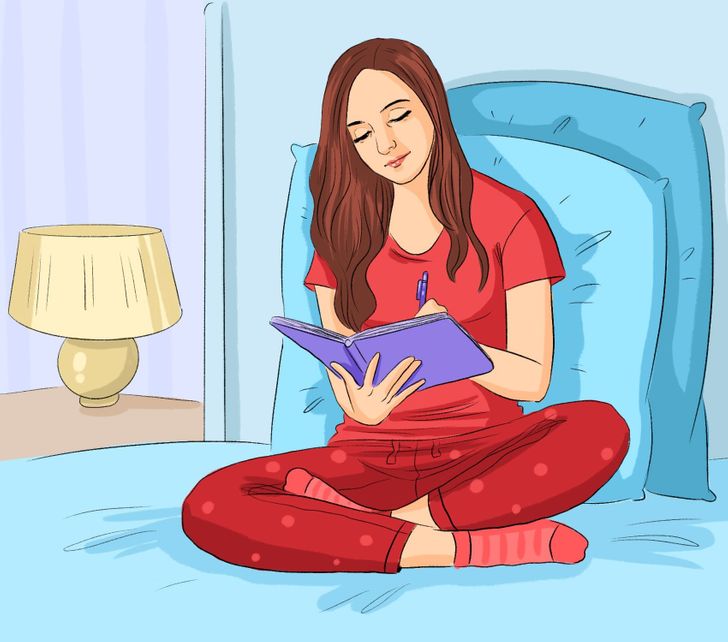
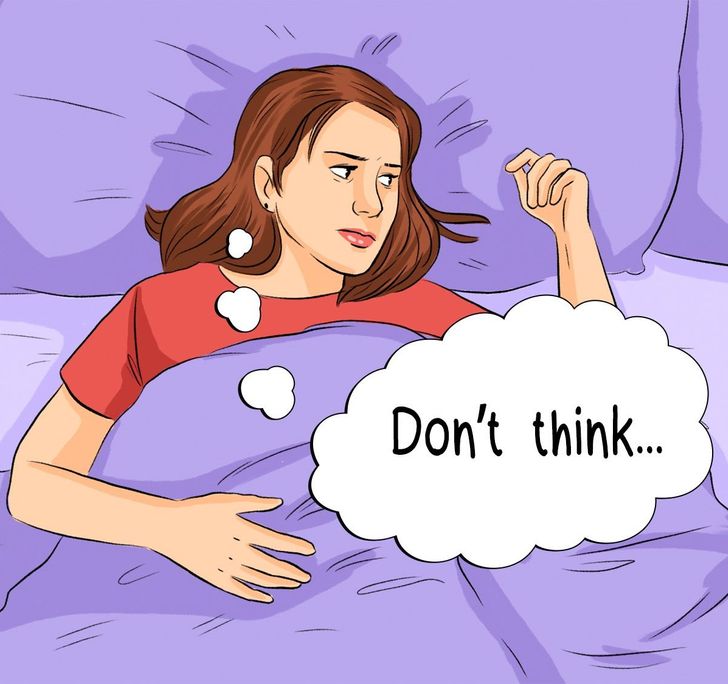
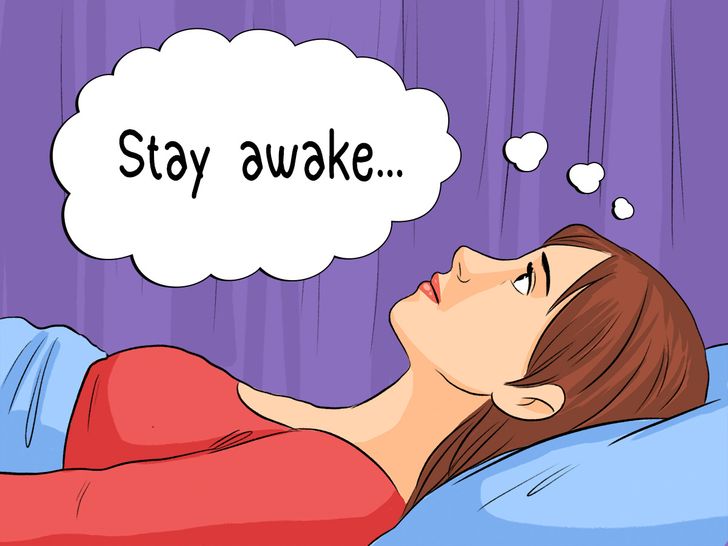
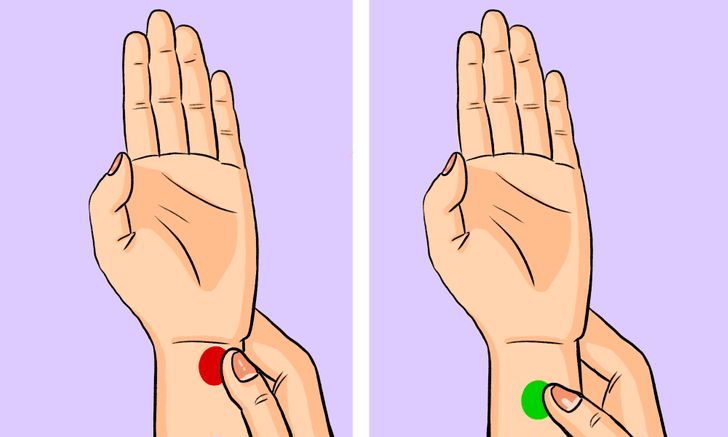
0 Comments